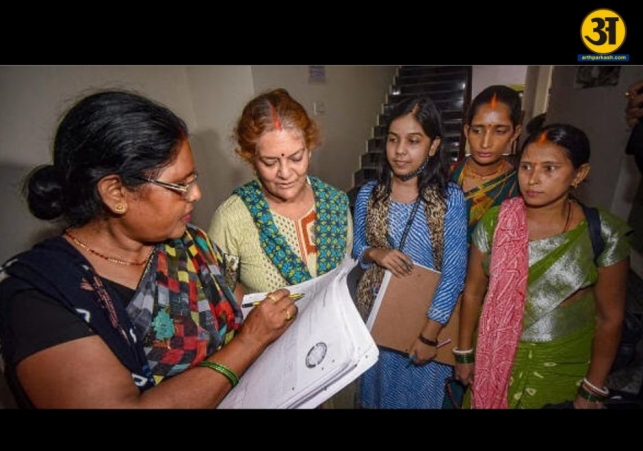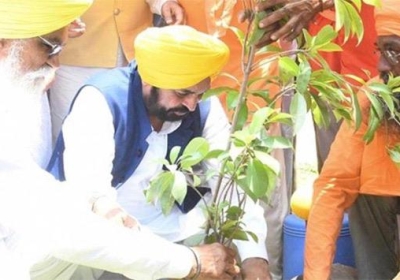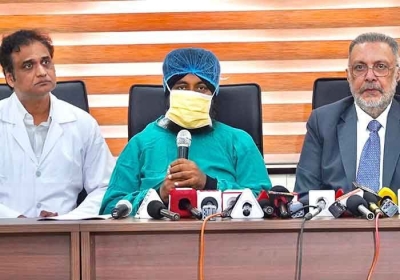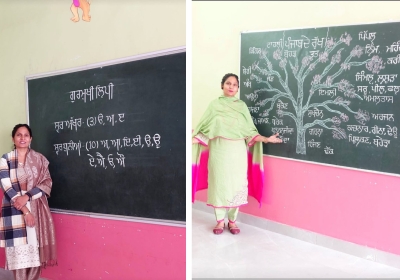
Mandal 2.0: caste count to set stage for another churn in Uttar Pradesh politics?
Mandal 2.0 may reshape Uttar Pradesh politics
Uttar Pradesh (UP), India’s most populous state, is likely to see major changes in politics after the government decides to count caste details in the next national census. This caste census is the first big survey of caste data in India since 1931. It will give detailed numbers about different caste groups in UP, especially the Other Backward Classes (OBCs), which form a large part of the population.
The decision to do this caste count comes after years of demand from political parties, especially the Opposition, who wanted more accurate caste data. The ruling Bharatiya Janata Party (BJP) first opposed it but later agreed. This new data is expected to change how political parties plan their strategies for the upcoming state assembly elections in 2027.
Caste is very important in UP politics. People often use the slogan, “Jiski jitni sankhya bhari, uski utni hissedari,” which means that political power should be shared according to the population of each caste. This shows how much caste numbers matter during elections.
Political observers say that UP will be the second big state after Bihar to conduct such a caste survey, which will help parties understand which caste groups have grown or shrunk. This will shape their plans to win votes. Earlier mini-surveys showed that OBCs make up more than 50% of the state’s population. Knowing the exact numbers will help parties decide which caste groups to focus on and how to share power.
Past caste surveys and political effects
UP has done some small caste surveys in the past, but none as big as this one planned with the census. The 2026 census will be the first official large-scale caste count since India’s independence. These old surveys give some idea of the caste composition, but the new data could bring surprises.
For example, a 1977 committee called the Sathi Committee divided backward castes into groups and suggested how much government reservation (quota) each should get. They recommended reservations based on the population of backward castes.
Later, in 2001, the Hukum Singh Committee found that certain OBC castes like Yadavs were dominating the benefits of reservations, while the most backward groups were left behind. This committee suggested splitting the OBC quota into smaller groups to give fair chances to less powerful castes. However, some of these changes were later withdrawn due to political reasons.
In 2018, the Justice Raghvendra Committee also looked at backward castes and suggested more targeted help for the most backward groups. But their detailed report was kept secret.
Many smaller caste groups in UP have been demanding a better survey and fairer reservation since they feel ignored. Leaders like Om Prakash Rajbhar (Suheldev Bharatiya Samaj Party), Anupriya Patel (Apna Dal), and Sanjay Nishad (Nishad Party) have been pushing for this. They want the government to use caste data for fair politics and reservations.
The caste census’s significance is tied to the legacy of the Mandal Commission report from 1990. This report gave reservations to OBCs across India and changed the political scene by empowering backward caste communities.
In UP, this led to many OBC leaders rising in power. Leaders like Mulayam Singh Yadav, Kalyan Singh, Beni Prasad Verma, Swami Prasad Maurya, and Om Prakash Rajbhar became important political figures by representing backward caste interests. These leaders formed strong caste-based political groups, changing UP’s politics from being dominated by the Congress party to caste coalitions.
Mulayam Singh Yadav’s Samajwadi Party built a strong OBC base, while BJP leaders like Kalyan Singh mixed caste identity with Hindu nationalism to expand their reach. Other leaders represented specific caste groups within the OBC category and fought for their rights and reservations.
More recently, Anupriya Patel has become a key leader for Kurmis, a dominant OBC caste. She continues the legacy of her father and works to strengthen political influence for Kurmis and other non-Yadav OBCs.
ALSO READ: Yogi Adityanath praises PM Modi’s comments on Operation Sindoor during Mann Ki Baat
ALSO READ: Akhilesh says govt did nothing to improve power infrastructure in Uttar Pradesh
BJP’s challenge and political future
The BJP is aware that caste politics remain crucial in UP, but it faces challenges. After the 2024 national elections, many OBC and Most Backward Caste (MBC) voters shifted away from BJP, weakening its support in the state. This may be why BJP changed its stand and agreed to the caste census.
Political experts say the caste census can help the government better allocate welfare benefits to castes based on their population. But there is also a risk. If the data is used to increase quotas, general caste groups may feel threatened, and conflicts may rise within the OBC community itself, as some castes may get more benefits than others.
BJP might try to balance these issues by focusing on a broader socio-economic survey rather than only caste counting. This way, they want to avoid splitting Hindu voters on caste lines, a big concern for the party and its ideological parent, the RSS.
As caste numbers come out, political leaders will have to rethink their strategies and alliances. The caste census will likely deepen caste-based politics in UP but could also create divisions. How BJP manages this delicate balance will shape the future of UP politics.
-
Uttar Pradesh is preparing for a big caste census in 2026, the first in India since 1931.
-
Caste numbers are crucial in UP politics because power is often shared according to caste population.
-
Past caste surveys showed OBCs are more than 50% of UP’s population, but the new census may reveal new details.
-
Several committees in the past tried to divide caste reservations fairly, but political issues delayed progress.
-
The Mandal Commission of 1990 empowered OBCs and reshaped UP politics by bringing many OBC leaders to power.
-
BJP lost some OBC support in the 2024 elections and now supports the caste census to regain it.
-
The caste census may help welfare but could also increase tensions between castes.
-
BJP wants to balance caste and socio-economic data to keep Hindu voters united.
-
The caste census will impact UP’s politics deeply and influence the 2027 assembly elections.





